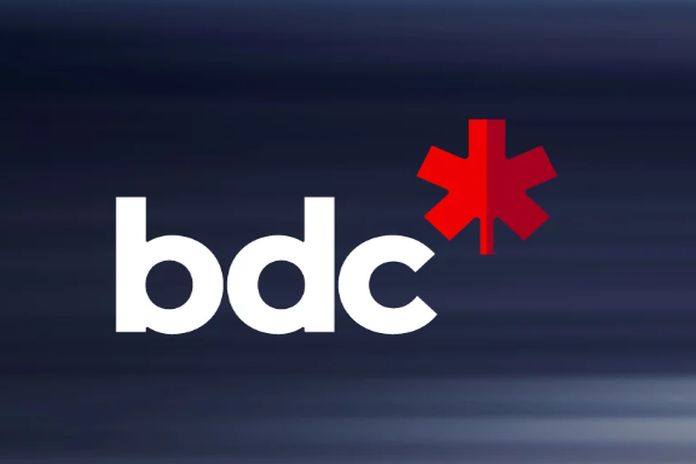By BDC
MONTREAL, Canada – The Canadian economy is navigating a complex landscape marked by cautious optimism about a recovery on one hand and persistent challenges on the other. Both sides are pointing toward the same outcome: more interest rate cuts in the months ahead.
Leading indicators suggest the economy could very well continue to grow in the second half of the year, albeit at a slow pace. The economy is still grappling with the effects of high debt servicing costs. As a result, BDC Economics continues to forecast real GDP growth of just 1.0 percent for the whole year, reflecting an economy that’s essentially in neutral.
Slow business investment in the second quarter
High interest rates have produced weak demand in the economy and generated uncertainty among businesses. As a result, business investment has struggled to recover from the lows reached at the end of 2023, dampening economic momentum.
One significant factor that hurt GDP growth in early 2024 was the reduction in business inventories. Companies faced difficulties clearing excess stock accumulated in 2023, which reduced growth by 2.2 percentage points in Q1 alone.
Business investment has regained some strength since, with Q2 non-residential business investment surging 11.1 percent on an annualized quarterly basis. However, it will take much more growth to make up for past investment shortfalls. Lack lustre investment will reduce the ability of Canadian businesses to take advantage of the recovery when it gathers steam in late 2025.
Interest rates remain high… at least for now
One of the most significant developments in the Canadian economic landscape has been the series of interest rate cuts enacted by the Bank of Canada. Since June, the bank has reduced its policy rate three times, bringing it down to 4.25 percent from 5.0 percent.
Further cuts are anticipated, with projections suggesting the policy rate could close 2024 at 3.75 percent. These rate cuts are a response to the slowdown in key economic indicators, including inflation and employment.
Inflation is the focal point of monetary policy and it continued to fall this year, reaching 2.5 percent in July. This progress reflects the Bank of Canada’s tight monetary policy stance and the normalization of the supply-demand balance in Canada. With inflation largely under control, the bank’s focus has now shifted to supporting economic growth and the job market in an effort to ensure sustainable price growth through lower interest rates.
Despite recent rate cuts, interest rates are still considered restrictive because at their current level they encourage saving over borrowing.
Cuts to the bank’s policy rate are typically aimed at stimulating economic activity by making borrowing cheaper for households and businesses. However, the real impact of these reductions takes time to fully materialize. (See our main article for further details.)
Households and businesses will continue to exercise caution in their spending and investment plans, awaiting more substantial rate reductions.
Labour market loses steam
The labour market is finally feeling the effects of high rates. While job creation was strong in the second quarter, with 115,000 new jobs, the national unemployment rate still increased to 6.4 percent.
While more entrants into the labour force explained part of the increase, employment gains slowed significantly in July and August. Job vacancies also took a dive.
These trends indicate that while the labour market is normalizing, it remains fragile and susceptible to economic fluctuations. Entrepreneurs should find some relief in expectations of lower wage growth in the coming months.
The impact for your business
- We still believe a soft-landing scenario is the most more likely. Therefore, businesses should expect a gradual recovery. However, high interest rates, weak demand and cautious business investment continue to weigh on economic growth.
- By contrast, positive signs such as strong government and consumer spending, along with a controlled inflation picture, are grounds for cautious optimism for business owners.
- The Bank of Canada’s continued efforts to lower interest rates will be crucial in supporting the recovery and steering the economy towards a more robust growth trajectory. Make sure your business plan is ready for takeoff, as investment plans and strategic deployment don’t happen overnight.





